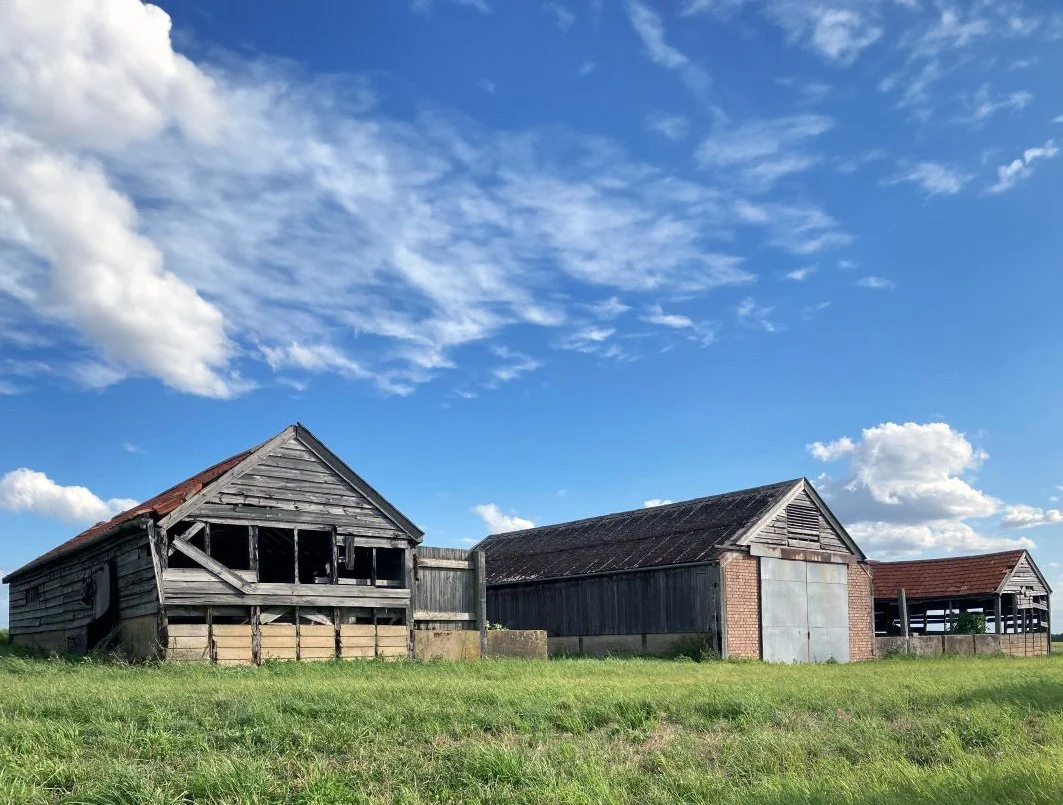Barn Conversion Class Q Rules - A guide
We help Maximize Your Rental Income with Eco-homes and Luxury Holiday Homes, provided by RIBA Chartered Architects.
Barn Conversion Class Q Rules - Introduction
Class Q permitted development rights, which were introduced in 2014, provided a pathway for converting agricultural buildings into residential spaces without the need for full planning permission. This provision was part of the government’s broader strategy to address housing shortages and encourage the reuse of existing structures. The latest revisions to Class Q aim to simplify and expand these opportunities, making it easier for self-builders to embark on their projects.
In this article, we look into the specifics of the recent changes to Class Q, exploring how these updates can be used to create sustainable and eco-friendly residential spaces.
Explanation of Class Q: Agricultural Buildings to Residential Dwellings
Class Q permitted development rights enable the conversion of agricultural buildings into residential dwellings without the need for full planning permission. This provision was introduced to facilitate rural development by allowing the adaptive reuse of redundant agricultural buildings, thus providing more housing in the countryside.
How Self-Builders May Benefit from These Regulation Changes
Self-builders aiming to create a one-off sustainable eco-home can greatly benefit from Class Q. The regulation simplifies the process of obtaining approval for conversions, saving time and reducing bureaucratic hurdles.
By utilising Class Q, self-builders can transform agricultural buildings into eco-friendly homes, integrating features like green roofs, solar panels, and natural ventilation systems. This not only preserves the character of the rural landscape but also promotes environmental stewardship.
For instance, converting a barn with thick stone walls can provide excellent thermal mass, helping to regulate indoor temperatures and reduce energy consumption. The reuse of existing structures also minimises the environmental impact associated with new construction, aligning with sustainable building principles.
An example of a Class Q conversion project we have been working on Black Barn.
New Allowances and Restrictions
One of the notable changes is the increase in the maximum floor space that can be converted under Class Q. Previously, the limit was set at 450 square meters, but it has now been expanded to 865 square meters. This allows for more extensive conversions, enabling larger family homes or multiple residential units within a single agricultural building.
Additionally, there has been a relaxation in the requirements related to the use of the building before conversion. The updated regulations allow for a more lenient interpretation of what constitutes agricultural use, providing opportunities for buildings that may have had intermittent non-agricultural uses to still qualify for conversion. If you are Thinking About a Project? why not get in touch?


